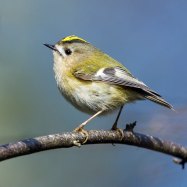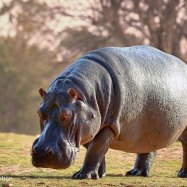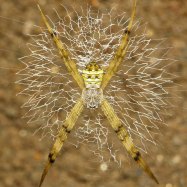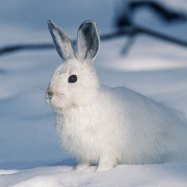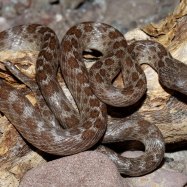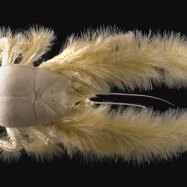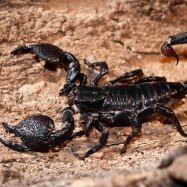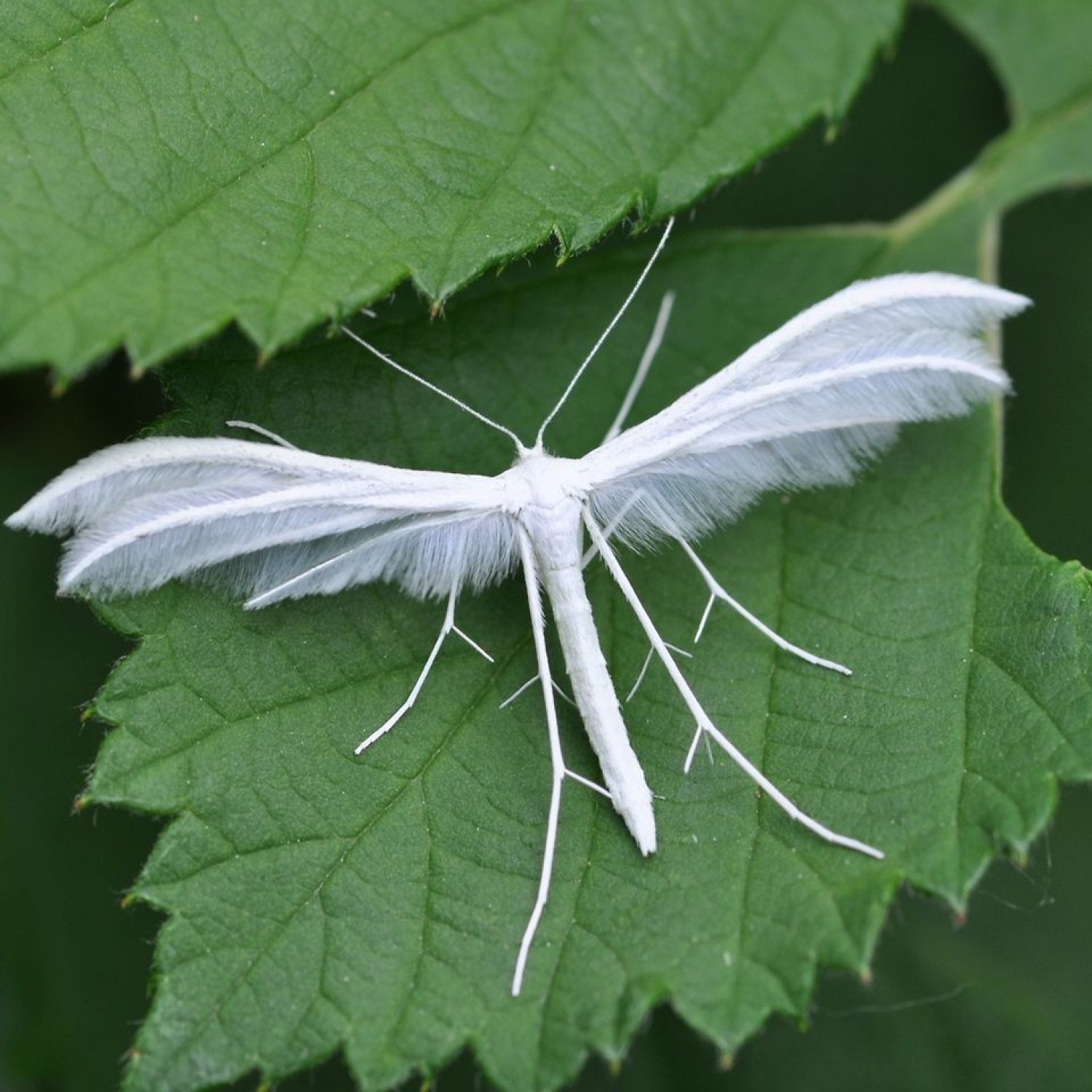
White Shouldered House Moth
6-9 mm
The White Shouldered House Moth is a small but widespread moth, measuring 6-9 mm in length with a wingspan of 15-20 mm. Belonging to the Oecophoridae family, it can be found all over the world. Keep an eye out for this tiny yet fascinating creature in your home, as it is known to infest stored food products. #WhiteShoulderedHouseMoth #moth #insects #Oecophoridae #pestcontrol
Animal Details Summary:
Common Name: White Shouldered House Moth
Kingdom: Animalia
Habitat: Indoor environments like homes, warehouses, and museums
The Fascinating White Shouldered House Moth: A Closer Look at an Indoor Insect Intruder
As we go about our daily routines, we often encounter a variety of insects in our homes. While some may be harmless and even beneficial, others can be quite pesky and troublesome. One such insect that has gained somewhat of a notorious reputation is the White Shouldered House Moth.Scientifically known as Endrosis sarcitrella, the White Shouldered House Moth is a small moth that belongs to the family Oecophoridae in the order Lepidoptera White Shouldered House Moth. This insect has a global presence and can be found in almost every corner of the world. Let's take a closer look at this fascinating indoor intruder and uncover some interesting facts about its life and behavior.
Kingdom and Phylum
The White Shouldered House Moth belongs to the kingdom Animalia, which includes all animal species. Within this kingdom, it falls under the phylum Arthropoda, which includes animals with jointed limbs and a hard outer skeleton. This phylum is incredibly diverse, with over 80% of all known animal species belonging to it.
Class and Order
The insect class is where we can find the White Shouldered House Moth, along with other six-legged creatures such as butterflies, bees, and beetles. Within the class Insecta, this moth belongs to the order Lepidoptera, meaning "scaled wings." This order is one of the largest in the animal kingdom, with over 180,000 known species.
Family
The White Shouldered House Moth belongs to the family Oecophoridae Western Green Mamba. This family is commonly known as the false fruit moths, as many species are known to infest stored fruit and grain. However, within this family, the White Shouldered House Moth is unique as it is more of a nuisance in indoor environments like homes, warehouses, and museums, rather than a pest of agricultural crops.
Habitat
As mentioned earlier, the White Shouldered House Moth is commonly found in indoor environments like homes, warehouses, and museums. They prefer warm and humid conditions, making our homes the perfect place for them to thrive. They can often be found in dark and undisturbed areas, like closets, attics, and storage spaces.
Feeding Method
The larvae of the White Shouldered House Moth feed on natural fibers like wool, fur, feathers, and silk. This makes them a significant nuisance in homes, where these materials are commonly found. The larvae are often referred to as woolly bears because of the thick, woolly hairs covering their bodies.
The larvae spin silk webs around themselves as they feed, which can cause extensive damage to clothing, carpets, and other household items. They are also known to contaminate stored grains and dry goods, making them a problem for warehouses and food storage areas as well.
Geographical Distribution and Country of Origin
The White Shouldered House Moth has a global distribution and can be found in most parts of the world, making it quite a cosmopolitan species. However, the exact country of origin for this moth is unknown. Due to its widespread presence, it is believed that the White Shouldered House Moth has been accidentally introduced to different countries through the transport of infested goods.
Animal Coloration
The White Shouldered House Moth derives its name from the distinctive white shoulders on its wings. The rest of its forewings are light gray or pale, with darker-colored wingtips. The hindwings are also pale and have fringed edges. Overall, this moth has a subdued and unremarkable coloration, which helps it blend in with its surroundings.
Body Shape and Size
The White Shouldered House Moth is a small insect, with a wingspan of about 15-20 mm. Its body is slender and elongated, with a noticeable hump on the thorax, giving it a "shouldered" appearance. The wings are long and narrow, and when at rest, they are held flat over the body. The abdomen is also elongated and tapers at the end.
Life and Reproduction
Like all moths, the White Shouldered House Moth undergoes a complete metamorphosis, meaning it goes through four distinct stages in its life cycle – egg, larvae, pupa, and adult. The eggs are laid in clusters and can hatch within a week, depending on environmental conditions.
The larvae, also known as caterpillars, pass through six instars or stages before they are fully grown. During this time, they feed voraciously, spinning webs as they go. The larvae can vary in color, from creamy white to brownish-black, and can grow up to 9 mm in length.
After reaching their final instar, the larvae will pupate, forming a cocoon around themselves. The pupal stage can last anywhere from 7-30 days, after which the adult moth will emerge. Once adults, the moths will mate and start the cycle again, with females laying eggs and continuing the life cycle.
Threats and Control Measures
The White Shouldered House Moth poses no direct threat to humans, as they do not bite or sting. However, their larvae can cause significant damage to clothes, carpets, and personal belongings, resulting in financial loss. They can also contaminate stored food items, making them unfit for consumption.
One of the best ways to control a White Shouldered House Moth infestation is to maintain a clean and clutter-free living space. This means regularly vacuuming and dusting, as well as keeping stored items clean and sealed tightly. Infested items should be washed and dried at high temperatures to kill any eggs or larvae.
In severe infestations, professional pest control services may be required. They can use insecticides or other methods to eradicate the moths and their larvae. It is essential to follow recommended safety precautions and to ensure that any treatment is carried out by a licensed professional.
Fascinating Facts
- Despite being a common household pest, the White Shouldered House Moth has not been studied extensively, and there is still much to be learned about its behavior and habits.
- These moths are often attracted to damp and moldy areas, making them a potential sign of a moisture problem in a home.
- The White Shouldered House Moth is not very active during the day and is mostly seen flying at night.
- While the adults are relatively short-lived, living only a few days to a week, the larvae can survive up to five months in favorable conditions.
- The silk webs spun by the larvae of this moth are so strong that they can be difficult to remove from fabric and carpets, even after the insects have been eliminated.
In Conclusion
The White Shouldered House Moth may be a nuisance, but it is a fascinating insect to observe and learn about. From its global distribution and elusive origins to its unique physical characteristics and behaviors, there is always something new to discover about this common household pest. By understanding their habits and implementing effective control measures, we can coexist with these moths and minimize any potential damage they may cause.

White Shouldered House Moth
Animal Details White Shouldered House Moth - Scientific Name: Endrosis sarcitrella
- Category: Animals W
- Scientific Name: Endrosis sarcitrella
- Common Name: White Shouldered House Moth
- Kingdom: Animalia
- Phylum: Arthropoda
- Class: Insecta
- Order: Lepidoptera
- Family: Oecophoridae
- Habitat: Indoor environments like homes, warehouses, and museums
- Feeding Method: Larvae feed on natural fibers like wool, fur, feathers, and silk
- Geographical Distribution: Global distribution
- Country of Origin: Unknown
- Location: Found worldwide
- Animal Coloration: Light gray or pale with darker colored wingtips
- Body Shape: Small moth with a wingspan of about 15-20 mm
- Length: 6-9 mm
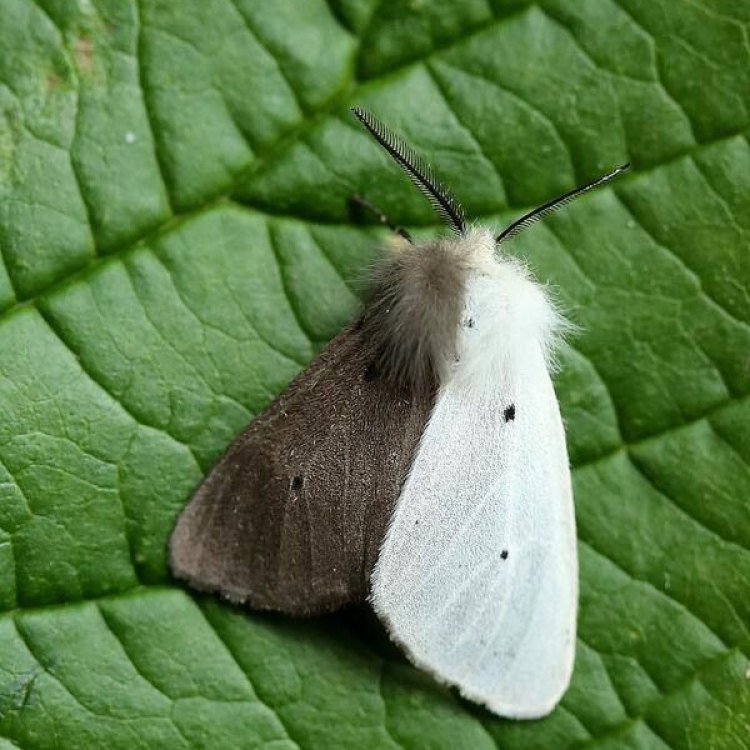
White Shouldered House Moth
- Adult Size: Small
- Average Lifespan: 2-6 weeks
- Reproduction: Sexual reproduction
- Reproductive Behavior: Females lay eggs on clothing or furniture
- Sound or Call: None
- Migration Pattern: Non-migratory
- Social Groups: Solitary
- Behavior: Active at night, attracted to light sources
- Threats: Can damage natural fibers, causing problems for textile and museum collections
- Conservation Status: Not evaluated
- Impact on Ecosystem: None
- Human Use: Considered a household pest
- Distinctive Features: White shoulder markings on the dark forewings
- Interesting Facts: It is one of the most common and widespread household pests
- Predator: Various insectivorous birds and spiders
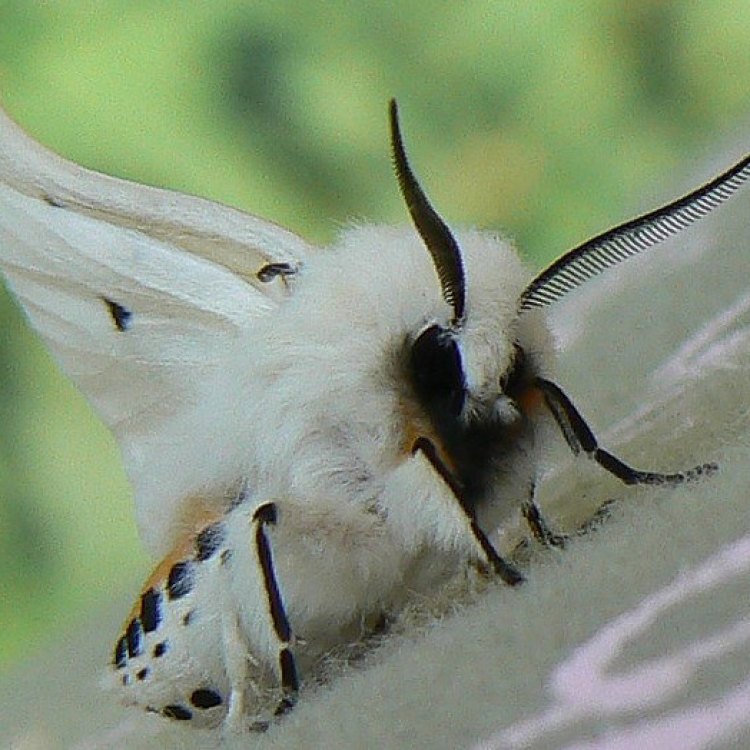
Endrosis sarcitrella
The White Shouldered House Moth: A Common Household Pest with Unique Features and Habits
When we think of household pests, we often picture cockroaches, ants, or mice. However, there is a lesser-known and yet equally troublesome pest that can cause damage to your home: the White Shouldered House Moth. This small, unassuming insect may not be as well-known as its more infamous counterparts, but it is certainly a force to be reckoned with.The White Shouldered House Moth, also known as the Endrosis sarcitrella, belongs to the family of insects known as the Tineidae PeaceOfAnimals.Com. It is a relatively small moth, with a wingspan of around 1.5 cm, and can easily be identified by its distinctive white shoulder markings on its dark forewings. These markings give the moth its common name and set it apart from other similar-looking moths.
Found in homes and buildings all over the world, the White Shouldered House Moth is considered one of the most common and widespread household pests. But what makes this seemingly innocuous insect such a nuisance? Let's take a closer look at its features, habits, and impact to find out.
Distinctive Features
The most distinctive feature of the White Shouldered House Moth is, as its name suggests, the white markings on its forewings. These markings, along with its dark brown or grey coloring, make it easy to spot and distinguish from other moths. The rest of its body is covered in fine hairs, giving it a fuzzy appearance. However, it is not just its appearance that is noteworthy Wood Turtle.Unlike most other moths, the White Shouldered House Moth has a long black proboscis, which it uses to suck nectar from flowers. This is a unique feature that sets it apart from other pests and can help in its identification.
Habits and Reproduction
The White Shouldered House Moth is a nocturnal insect, which means it is most active at night. It is also attracted to light sources, making it a common sight around porch lights or other outdoor light fixtures. As a household pest, it is usually found in closets, attics, or other dark and undisturbed areas of a home.This species reproduces through sexual reproduction, with the females laying their eggs on clothing, carpets, and other soft furnishings. These eggs are small, white, and can often go unnoticed. Once the eggs hatch, the larvae will begin to feed on natural fibers such as wool, silk, and fur, making them a threat to textiles and museum collections. The larvae will also spin silk webs to create a protective case for themselves, making it harder to spot and eradicate them.
Impact on Humans
While the White Shouldered House Moth does not pose any direct harm to humans, it can cause significant damage to our homes and belongings. As mentioned earlier, its larvae feed on natural fibers, causing holes and damage to clothing, carpets, and even furniture. This can be particularly troublesome for textile and museum collections, where preserving the integrity of the materials is crucial.Furthermore, the presence of these moths in the home can also be a source of anxiety and discomfort for some people. No one wants to open their closet and find their favorite sweater or dress riddled with holes, or worse, have their expensive collection of antique rugs damaged by these pests.
Predators and Threats
The White Shouldered House Moth, like any other living organism, has its predators in the animal kingdom. Various insectivorous birds, such as swallows, and spiders are known to feed on these moths and their larvae. However, they still manage to thrive and cause problems for humans due to their adaptable nature.As for threats to the White Shouldered House Moth itself, it is not currently listed as an endangered or threatened species. However, some natural predators, as well as environmental changes, can potentially impact its population in the future.
Interesting Facts
Aside from its distinctive features and habits, there are a few other interesting things to note about the White Shouldered House Moth. Here are a few facts that you may not have known about this household pest:1. The White Shouldered House Moth is not native to North America but is believed to have migrated there from Europe in the 1700s.
2. It is a non-migratory species, meaning it does not move to different regions or climates.
3. The larvae of this species are attracted to dark, undisturbed areas, making your closet their ideal breeding ground.
Control and Prevention
Thankfully, there are measures you can take to prevent and control a White Shouldered House Moth infestation in your home. Keeping your home clean and free of clutter is one way to discourage these moths from laying eggs. Additionally, storing clothing and other natural fiber materials in sealed containers can prevent moths from accessing them.If you do find yourself dealing with an infestation, there are also non-toxic options for control, such as using pheromone traps to attract and catch the adult moths. In severe cases, professional pest control may be necessary to eradicate the pests completely.
In Conclusion
The White Shouldered House Moth may not be as well-known as other household pests, but it certainly poses a threat to our homes and belongings. With its unique features and habits, this small moth has managed to adapt and thrive in human habitats, causing problems for textile and museum collections.If you do come across this pest in your home, it is best to take preventive measures to control their population and avoid costly damage to your belongings. By understanding the habits and features of the White Shouldered House Moth, we can better protect our homes from this common household pest.
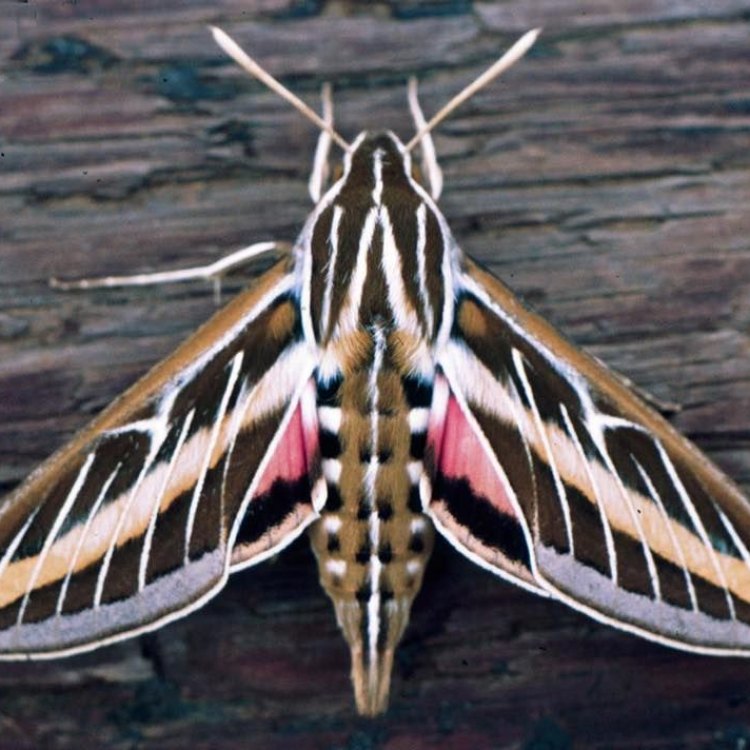
The Fascinating White Shouldered House Moth: A Closer Look at an Indoor Insect Intruder
Disclaimer: The content provided is for informational purposes only. We cannot guarantee the accuracy of the information on this page 100%. All information provided here may change without prior notice.

